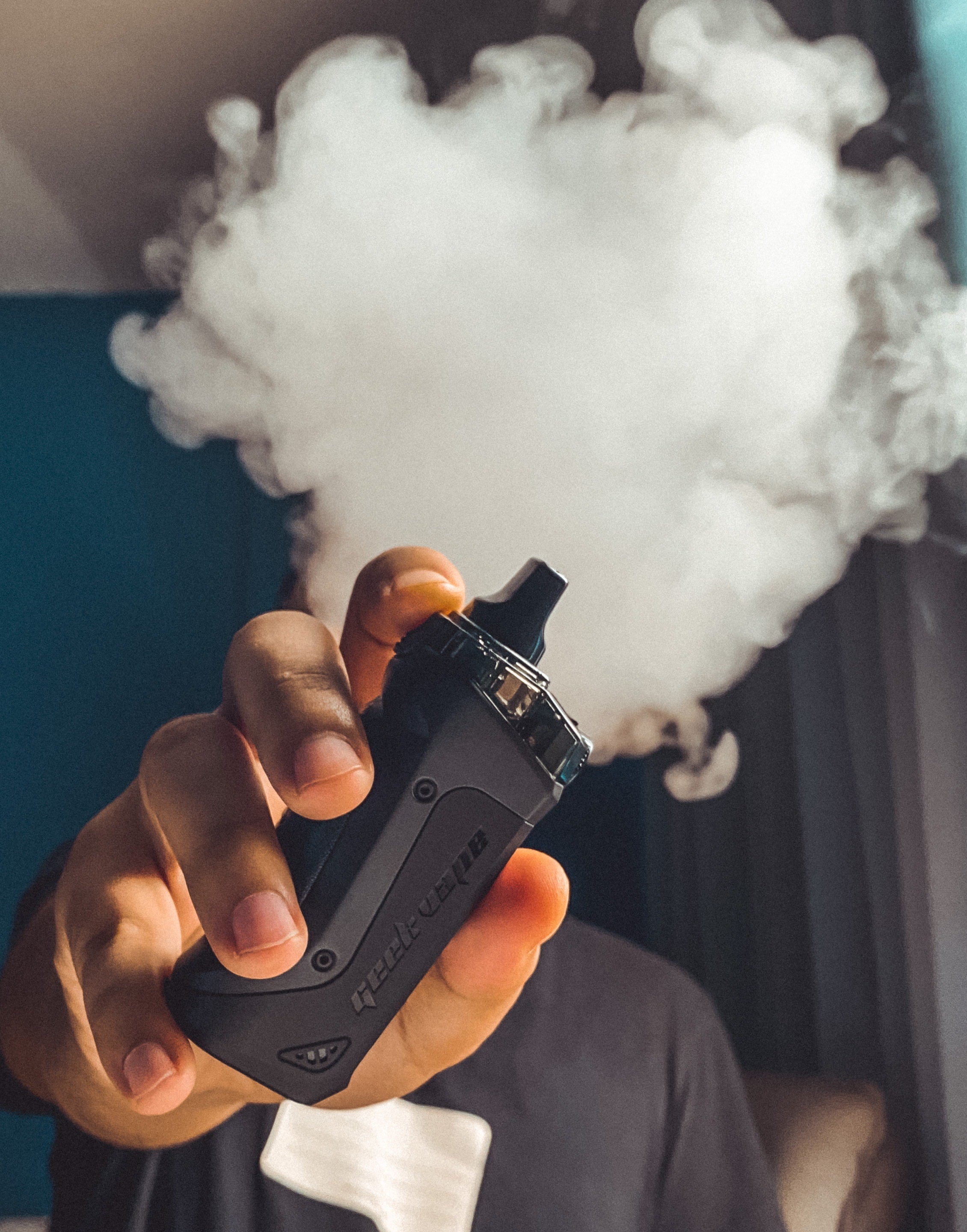"If you're interested in exploring the world of pod-based systems, it's important that you understand how this type of hardware differs from the sub-ohm components that so many of us are used to.
When a vaper switches from sub-ohming to vaping with a pod system, they have to invest in a totally new setup. The device as well as the type of e-liquid must change. This is because pods utilize salt nic e-juices and therefore require different technology.
When it comes to sub-ohming, the coil that you use with your tank greatly dictates the quality of your vaping experience. With pod systems, the coil is also a crucial component of the setup. However, the coils that’re compatible with cartridges are a far cry from the large, cotton-filled coils that we're used to buying.
Here are just some of the key differences:
Size
One of the most obvious differences between the two types of coils is their size. The coils that are compatible with vape tanks must be large so that they can handle the large output levels of one's device as well as the enormous amount of e-liquid that's required in order to keep the wick saturated.
The coils that come with pod cartridge are, of course, much smaller. Plus, they're often invisible, built into the atomizer that comes with the pod mod. Unlike traditional coils, they aren't switched out individually. Rather, the atomizer itself is replaced from time to time.
Wicking Material
We all know that Organic Japanese Cotton is the standard wicking material when it comes to vape tank coils. However, this material is simply too thick and absorbent for the coils that come with pod systems.
Pod cartridges tend to have coils that use synthetic fibers as wicking materials. These fibers absorb just enough juice to produce satisfying puffs. Also, while sub-ohm coils have large, thick pieces of cotton, cartridge coils tend to have wicks that are very skinny and short.
Resistance Level
One of the most important differences between these two coil styles is the resistance level. Because traditional vaping systems are designed to produce massive clouds at high output levels, the coils must have a resistance level that's below one ohm.
However, pod systems are low-wattage devices that are designed for mouth-to-lung(MTL) vaping. Therefore, the resistance level of the coil that's compatible with this device is above one ohm.
Device Compatibility
It should go without saying that a conventional vape tank coil is not compatible with a pod system. Similarly, a pod cartridge coil can never be used with a box mod vaping setup.
Longevity
Because of the way in which the coil of a pod system works, it tends to last for a much longer period of time than a sub-ohm coil. Sub-ohm coils are exposed to much more heat, causing them to burn out fairly quickly.
E-Liquid Compatibility
Simply put, a pod cartridge coil is designed for salt-based juices. If you try to use a freebased juice with this cartridge, you won't be able to vape.
Good Coil Knowledge to Keep in Mind
Knowing the difference between tank coils and pod cartridge coils will help you better grasp the technology behind the pod-based style of vaping."
Citations
NicVape. (2019, January 07). See the Vaping Difference: Tank Coils and Pod Cartridge Coils. Retrieved January 19, 2021, from https://www.nicvape.com/blog/See-the-Vaping-Difference-Tank-Coils-and-Pod-Cartridge-Coils#:~:text=Because%20traditional%20vaping%20systems%20are,%2Dlung(MTL)%20vaping.
*All credit from this article goes to NicVape please follow the follwoing URL to view the original https://www.nicvape.com/blog/See-the-Vaping-Difference-Tank-Coils-and-Pod-Cartridge-Coils#:~:text=Because%20traditional%20vaping%20systems%20are,%2Dlung(MTL)%20vaping. *

